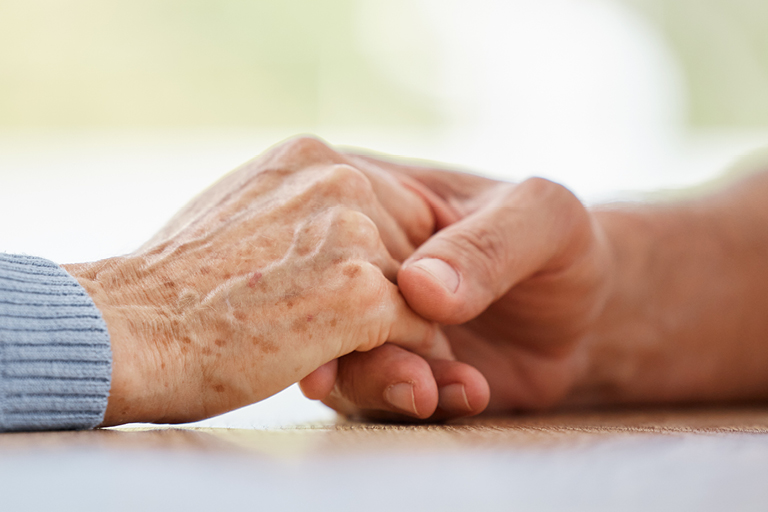
Depression in the golden years
We all have emotions that can be difficult to understand. But those occasional “blues” can turn into something more serious if they are not addressed.
Around six million Americans over the age of 65 suffer from depression, but only 10 percent seek professional help for it. Depression can be a part of aging, but prolonged depressive symptoms should not be ignored. Below are ways to recognize and treat depression in yourself or a loved one to keep your later years truly golden.
A first look at depression
Depression is recognized as feelings of sadness, helplessness and hopelessness that can affect one’s ability to function. The National Institutes of Health cites three main forms of depression:
- Minor depression–a milder form that lasts two weeks or less.
- Major depression–a severe form that can last up to six months while disrupting life functions, such as working, sleeping, eating and finding fulfillment.
- Dysthymic disorder (dysthymia)–a form of depression with moderate symptoms that typically last 2 years or more.
Depression is often linked to genetics, brain chemistry and stress levels. And the The Centers for Disease Control and Prevention highlight the connection between depression and other illnesses. Seniors are at a higher risk since about 80 percent have chronic health problems that can cause stress and trigger depressive symptoms.
And because depression shares symptoms with other conditions, seniors are often misdiagnosed. It is important to recognize the signs of depression to treat it effectively.
Depression varies from person to person, but common symptoms include:
- Bodily pains, headaches and digestive issues that linger
- Decreased interest in activities once enjoyed
- Feelings of sadness, hopelessness and emptiness
- Impaired ability to focus, recall details and make decisions
- Reduced appetite or overeating
- Thoughts of self-harm and/or suicide
- Trouble sleeping or sleeping too much
Keep in mind that family history, chronic pain, medical conditions, such as diabetes, cancer, dementia, hypertension, and medication side effects can increase your risk of depression. Knowing these risk factors and the above symptoms may help you shed light on how treatment can help you.
Treating Depression
After recognizing signs of depression, you should educate yourself to get a deeper understanding of your situation. Then talk to friends and family members. Loved ones who are aware of your problem can offer support and advice.
With friends and family backing you, talk to a physician about what you are experiencing. Your doctor can conduct exams, tests and interviews to determine possible causes. Be as open as possible to ensure the best treatment.
Think of treatment for depression in three stages. The first stage involves lifestyle changes. Take a look at your life and see what you can improve on your own and with the help of friends and family. Surround yourself with people you find inspiring and supportive.
Revisit activities you’ve always loved; that spark of enjoyment you’ve been missing may show up like an old pal. Try relaxing or engaging activities, such as gardening, exercise, bird watching, reading, and fishing.
In the second stage, you might seek the help of a counselor or psychologist through a referral from your doctor. In this type of therapy, you can learn to recognize and change behaviors or thought patterns that can contribute to depression.
Lastly, an antidepressant may be necessary after you have tried counseling and changing your lifestyle. If you are prescribed an antidepressant, be aware of the possible side effects and how the drug may interact with your current medications.
While treating your depression, stay in communication with your doctor to let them know how treatment is working for you.
Recognizing the signs of depression can help improve your life and the lives of others. Don’t let depression diminish your quality of life. You have the power to keep your years truly golden.

